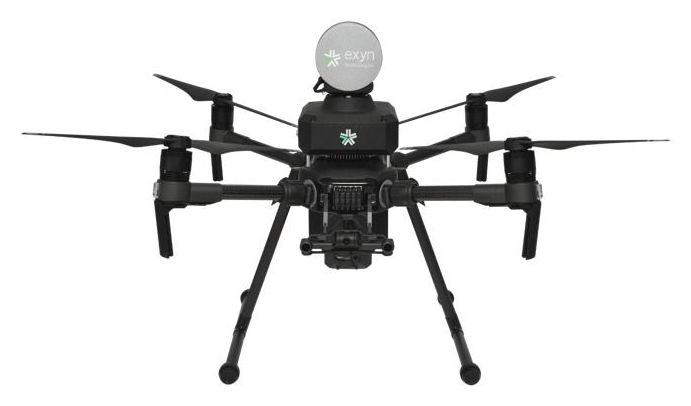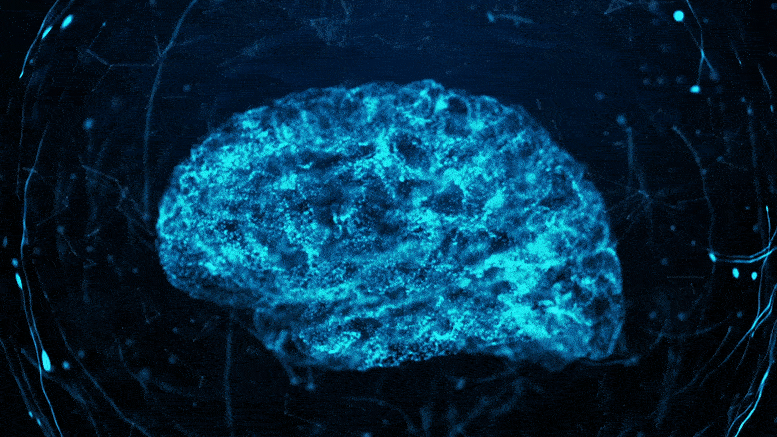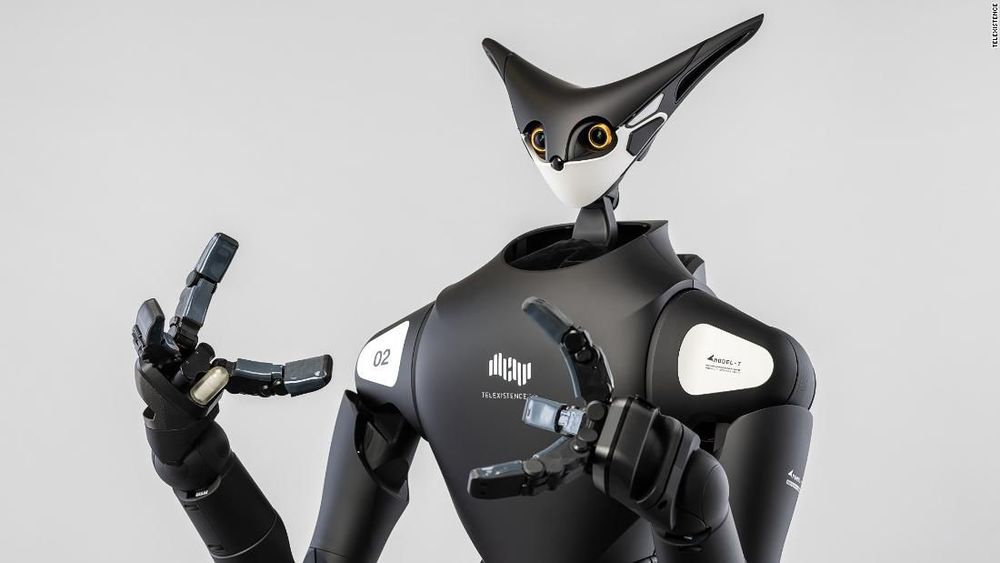Aubrey de Grey, Chairman and Chief Science Officer of the Methuselah Foundation, presents a realistic scenario for 2020 in which everyone knows we will defeat the aging process.
Get the latest international news and world events from around the world.


Autonomous Industrial Drones Now Fly Anywhere
There are four ways drones typically navigate. Either they use GPS or other beacons, or they accept guidance instructions from a computer, or they navigate off a stored map, or they are flown by an expert in control.
What do you when absolutely none of the four are possible?
You put AI on the drone and it flies itself with no outside source of data, no built-in mapping, and no operator in control.

Quantum Enhanced Atomic Force Microscopy: Squeezed Light Reduces Noise
Researchers at the Department of Energy’s Oak Ridge National Laboratory used quantum optics to advance state-of-the-art microscopy and illuminate a path to detecting material properties with greater sensitivity than is possible with traditional tools.
“We showed how to use squeezed light – a workhorse of quantum information science – as a practical resource for microscopy,” said Ben Lawrie of ORNL’s Materials Science and Technology Division, who led the research with Raphael Pooser of ORNL’s Computational Sciences and Engineering Division. “We measured the displacement of an atomic force microscope microcantilever with sensitivity better than the standard quantum limit.”
Unlike today’s classical microscopes, Pooser and Lawrie’s quantum microscope requires quantum theory to describe its sensitivity. The nonlinear amplifiers in ORNL’s microscope generate a special quantum light source known as squeezed light.


Scientists Discover Why We Need Sleep – “Important Work Is Being Done”
In very early life, sleep helps build the brain’s infrastructure, but it then takes on an entirely new decluttering role.
Prolonged sleep deprivation can lead to severe health problems in humans and other animals. But why is sleep so vital to our health? A UCLA-led team of scientists has answered this question and shown for the first time that a dramatic change in the purpose of sleep occurs at the age of about 2-and-a-half.
Before that age, the brain grows very rapidly. During REM sleep, when vivid dreams occur, the young brain is busy building and strengthening synapses — the structures that connect neurons to one another and allow them to communicate.

Student makes canoe from fungus which grows mushrooms when it’s used
A Nebraska student has grown her own canoe using fungus — and it sprouts new mushrooms every time she takes it out on the water.
Katy Ayers, 28, created the 8ft-long boat from fibrous mushroom roots, otherwise known as mycelium.
The roots are usually found beneath soil and known for their dense, buoyant and waterproof properties, The Times reported.

A Strange New Magnetoelectric Effect Has Been Discovered in a Symmetrical Crystal
Magnetism and electricity are linked together in many weird and wonderful ways throughout science, including the fascinating magnetoelectric effect noticeable in some crystals – where the electrical properties of a crystal can be influenced by a magnetic field, and vice versa.
Now things have gotten even weirder, because scientists have discovered a brand new magnetoelectric effect in a symmetrical crystal – and it shouldn’t be possible.
The effect was found in a specific type of crystal called a langasite, which is made up of lanthanum, gallium, silicon and oxygen, plus holmium atoms.

Seven-foot robots are stacking shelves in Tokyo convenience stores
This robot on wheels is seven feet tall, is kitted out with cameras, microphones and sensors, and uses the three “fingers” on its hands to stock supermarket shelves with products such as bottled drinks, cans and rice bowls.
Japan’s convenience stores are turning to robots to solve their labor shortage.
3 Ways Nanotechnology is Being Used to Battle Coronavirus
From diagnostics to treatments and vaccines, nanotechnology is being developed and deployed to help stop the spread of COVID-19.
The world-altering coronavirus behind the COVID-19 pandemic is thought to be just 60 nanometres to 120 nanometres in size. This is so mind bogglingly small that you could fit more than 400 of these virus particles into the width of a single hair on your head. In fact, coronaviruses are so small that we can’t see them with normal microscopes and require much fancier electron microscopes to study them. How can we battle a foe so minuscule that we cannot see it?
The views expressed in this article are those of the author alone and not the World Economic Forum.